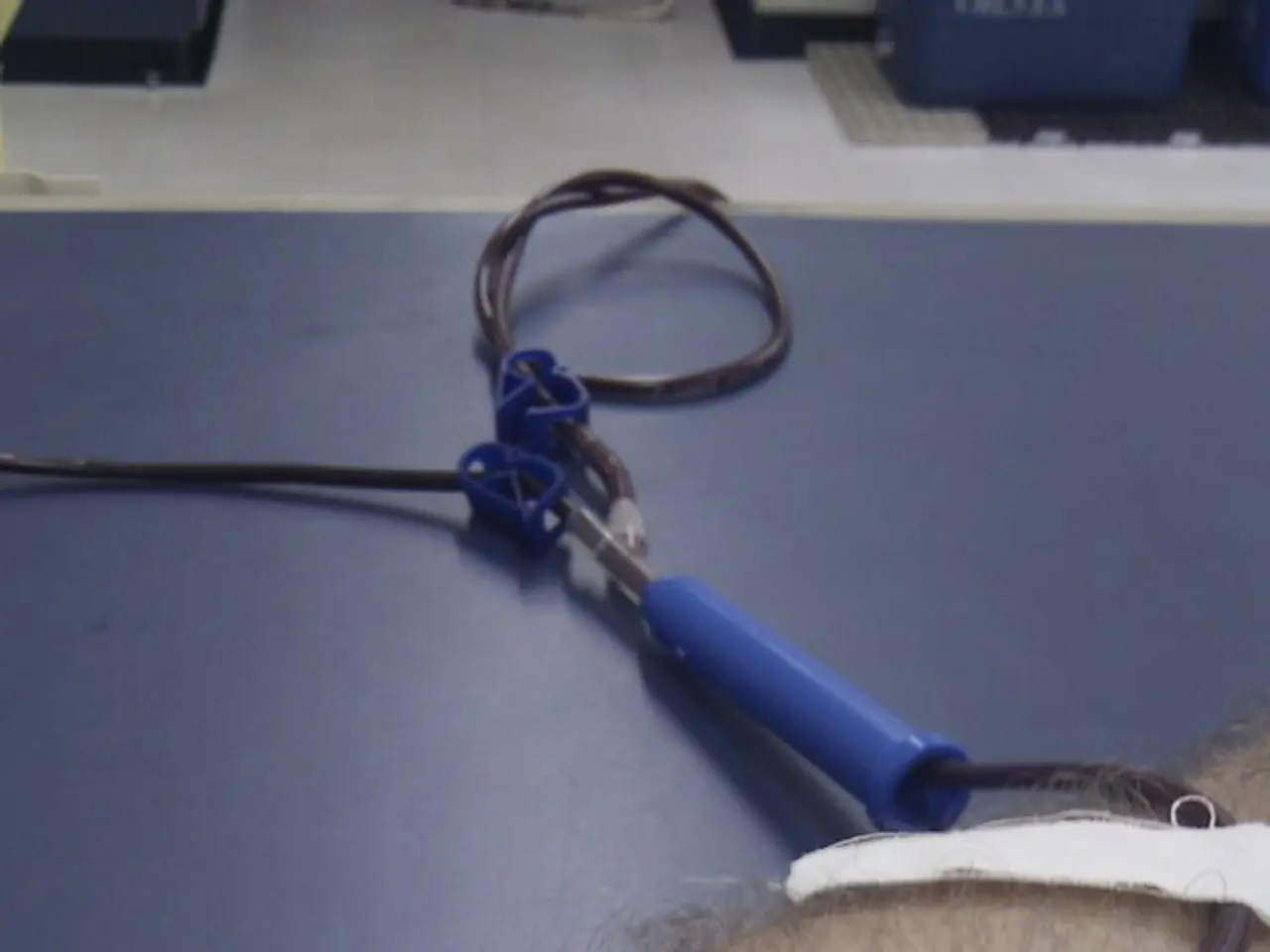Eustachian tube issues: Identifying signs, causes, and potential remedies
The Patulous Eustachian Tube (PET), also known as the auditory tube, is a tube that connects the eardrum to the back of the nose and upper throat. This tube plays a crucial role in hearing, controlling pressure in the eardrum, and preventing unwanted sounds, fluids, and air from entering the ear. However, when the eustachian tube remains abnormally open or fails to close properly, it can lead to the PET condition, a condition that can be difficult to diagnose.
PET symptoms include distorted sounds and pressure in the ear, muffled hearing, a ringing or buzzing sound in the ears (tinnitus), the ear feeling full or blocked, the need to clear the ear, and feeling the pressure change in the ear when breathing in and out. One of the most distinctive symptoms is distorted autophony, where a person is able to hear their own voice, breathing, or pulse more clearly than usual. In some cases, a person may even hear an echo of their voice or the sound of waves, which can make it harder for them to form sounds and speak.
Diagnosis of PET is usually done by a doctor asking about the person's medical history and symptoms, examining the ear, back of the nose, and throat, and using tympanometry to check how well the eardrum and middle ear transmit vibrations.
Risk factors contributing to PET include weight loss, pregnancy, medications, anxiety and stress, neurological disorders, surgery on the nose or throat, exhaustion, allergies, gastroesophageal reflux, and rhinopharyngeal irradiation. PET is more frequent in women and is relatively rare in the general population, with an incidence between 0.3% and 10%, and about 2% in patients with chronic otitis media.
While there is no standard treatment for PET, some people can manage their symptoms without medical intervention. Changing posture and using nasal sprays may help relieve symptoms. In some cases, surgery can be effective. If the cause of the condition is the eustachian tube drying out, treatments may include drinking more fluids, using saline nasal rinse, hormone nasal drops, and surgical options like the use of a small plastic tube called a grommet or reconstruction of the eustachian tube with grafts or implants.
However, if symptoms of PET last for a long time or affect daily life, it is recommended that a person sees a doctor for advice and treatment. It is important to note that a doctor can distinguish PET from a sinus infection because there will be no sinus pressure.
Research is ongoing to find more treatments for PET, and understanding this condition can help those affected to seek appropriate medical help and manage their symptoms effectively.
- In the realm of health-and-wellness, conditions like cancer, diabetes, and HIV pose significant challenges, requiring predictive science to develop effective treatments.
- Eczema and psoriasis, two common types of disease, affect the skin, causing itching, irritation, and visible scales.
- Obesity, a growing concern worldwide, not only affects physical health but may also lead to depression and migraine.
- The auditory tube, also known as the Patulous Eustachian Tube (PET), plays a crucial role in hearing and pressure regulation in the ear.
- PET symptoms can manifest as distorted sounds, pressure in the ear, tinnitus, a feeling of fullness or blockage, the need to clear the ear, and changes in pressure when breathing.
- Diagnosis of PET involves a medical history review, physical examination, and tests like tympanometry.
- Risk factors for PET include weight loss, pregnancy, anxiety, neurological disorders, surgery, allergies, gastroesophageal reflux, and rhinopharyngeal irradiation.
- If PET symptoms persist and affect daily life, it is advisable to consult a healthcare professional for potential treatments, which may include lifestyle changes, nasal sprays, surgery, or hormone therapy.
- Advancements in science continue to provide hope for improving our understanding and treatment of health conditions like PET, breast disease, and other chronic diseases.




